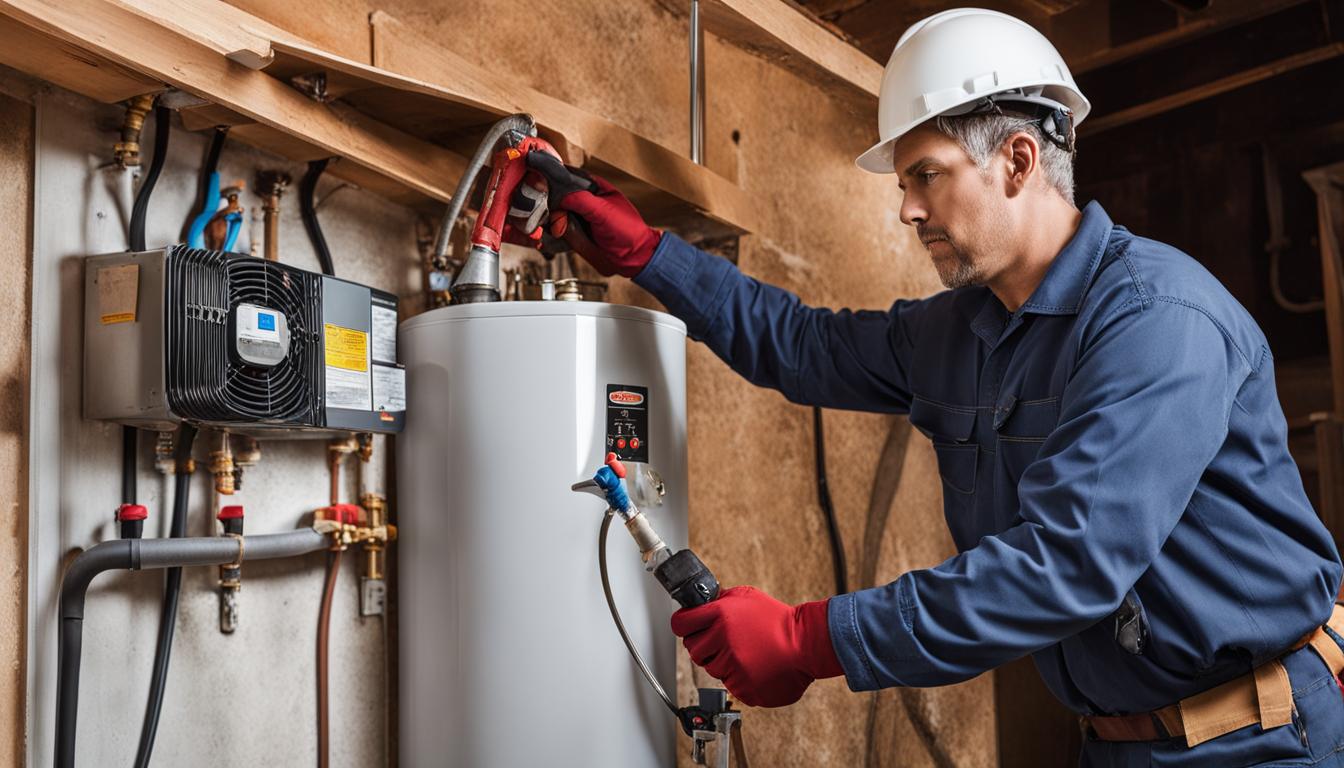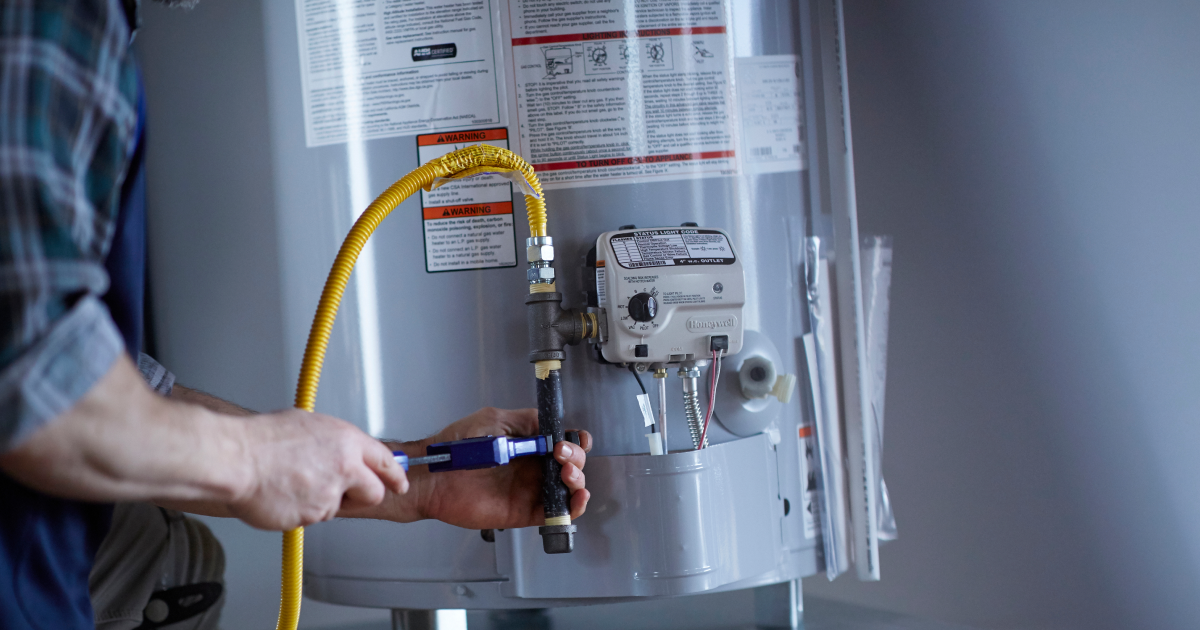Here further down you'll find lots of sound advice when it comes to How to Maintain Your Water Heater & Prolong its Life.

Warm water is essential for daily comfort, whether it's for a refreshing shower or cleaning meals. To ensure your warm water system runs efficiently and lasts much longer, normal upkeep is essential. This article gives functional pointers and insights on how to keep your home's hot water system to stay clear of interruptions and costly fixings.
Intro
Preserving your home's warm water system may seem complicated, however with a couple of straightforward steps, you can guarantee it operates smoothly for several years to find. This guide covers everything from recognizing your hot water system to do it yourself maintenance tips and knowing when to call professional aid.
Importance of Preserving Your Warm Water System
Regular upkeep not only expands the lifespan of your warm water system yet also ensures it runs efficiently. Ignoring upkeep can result in reduced performance, higher energy costs, and even premature failing of the system.
Indicators Your Hot Water System Requirements Upkeep
Knowing when your hot water system requires interest can protect against major problems. Keep an eye out for indications such as inconsistent water temperature level, unusual sounds from the heater, or rustic water.
Recognizing Your Hot Water System
Before diving right into upkeep tasks, it's valuable to recognize the standard components of your warm water system. Normally, this consists of the water heater itself, pipes, anode rods, and temperature level controls.
Month-to-month Maintenance Tasks
Regular monthly checks can aid capture minor concerns before they rise.
Purging the Water Heater
Purging your hot water heater eliminates debris build-up, boosting performance and lengthening its life.
Monitoring and Replacing Anode Rods
Anode rods protect against deterioration inside the tank. Inspecting and changing them when broken is critical.
Inspecting and Adjusting Temperature Settings
Adjusting the temperature level setups makes certain optimum efficiency and safety and security.
Do It Yourself Tips for Upkeep
You can do several maintenance jobs on your own to maintain your warm water system in leading condition.
Checking for Leakages
Regularly inspect pipelines and links for leakages, as these can result in water damage and higher costs.
Examining Stress Alleviation Valves
Evaluating the pressure safety valve guarantees it works properly and prevents excessive stress accumulation.
Protecting Pipelines
Protecting hot water pipes lowers warmth loss and can save energy.
When to Call a Professional
While DIY upkeep is valuable, some problems require specialist know-how.
Complicated Issues Requiring Specialist Assistance
Examples consist of major leakages, electrical problems, or if your water heater is constantly underperforming.
Routine Professional Upkeep Perks
Professional upkeep can consist of extensive evaluations, tune-ups, and making certain conformity with safety and security standards.
Final thought
Regular upkeep of your home's hot water system is essential for effectiveness, longevity, and price savings. By adhering to these ideas and recognizing when to seek professional assistance, you can ensure a trusted supply of hot water without unexpected disruptions.
How to Maintain an Instant Hot Water Heater
Before tinkering with your hot water heater, make sure that it’s not powered on. You also have to turn off the main circuit breaker and shut off the main gas line to prevent accidents. Also turn off the water valves connected to your unit to prevent water from flowing into and out of the appliance. 2. When you’re done, you have to detach the purge valves’ caps. These look like the letter “T†and are situated on either side of the water valves. Doing so will release any pressure that has accumulated inside the valves while at the same time avoid hot water from shooting out and burning your skin. 3. When the purge valves’ caps are removed, you have to connect your hosing lines to the valves. Your unit should have come with three hoses but if it didn’t, you can purchase these things from any hardware or home repair shops. You can also get them from retail stores that sell water heating systems. Read the user’s manual and follow it to complete this task properly. When the hosing lines are connected, open the purge port’s valves. 4. You should never use harsh chemical cleaners or solutions when cleaning your unit. Make use of white vinegar instead. It should be undiluted and you’ll probably use about 2 gallons. 5. Now flush your water heater. This task should probably take about 40 minutes. We can’t give you specific directions for this because the procedure is carried out depending on the type, model and brand of your heater. With that being said, refer to the user’s manual. 6. When you’re done draining the unit, you have to turn off the purge port valves again. Remove the hosing lines that you earlier installed on each of the water valves. Put the valve caps (purge port) back in their respective places and be very careful so as not to damage the rubber discs that are found inside these caps. 7. Now that everything’s back in place, check your user’s manual again to find out how to reactivate your water heating system. 8. Once it is working, turn one of your hot water faucets on just to let air pass through the heater’s water supply pipes. Leave the tap on until water flows smoothly out of it. https://www.orrplumbing.com/blog/2014/september/how-to-maintain-an-instant-hot-water-heater/

I have been very serious about What Kind of Maintenance Do Water Heaters Need? and I really hope you appreciated my entry. Are you aware of another individual who is occupied with the niche? Take a moment to share it. Thanks for going through it.
Request An Appointment